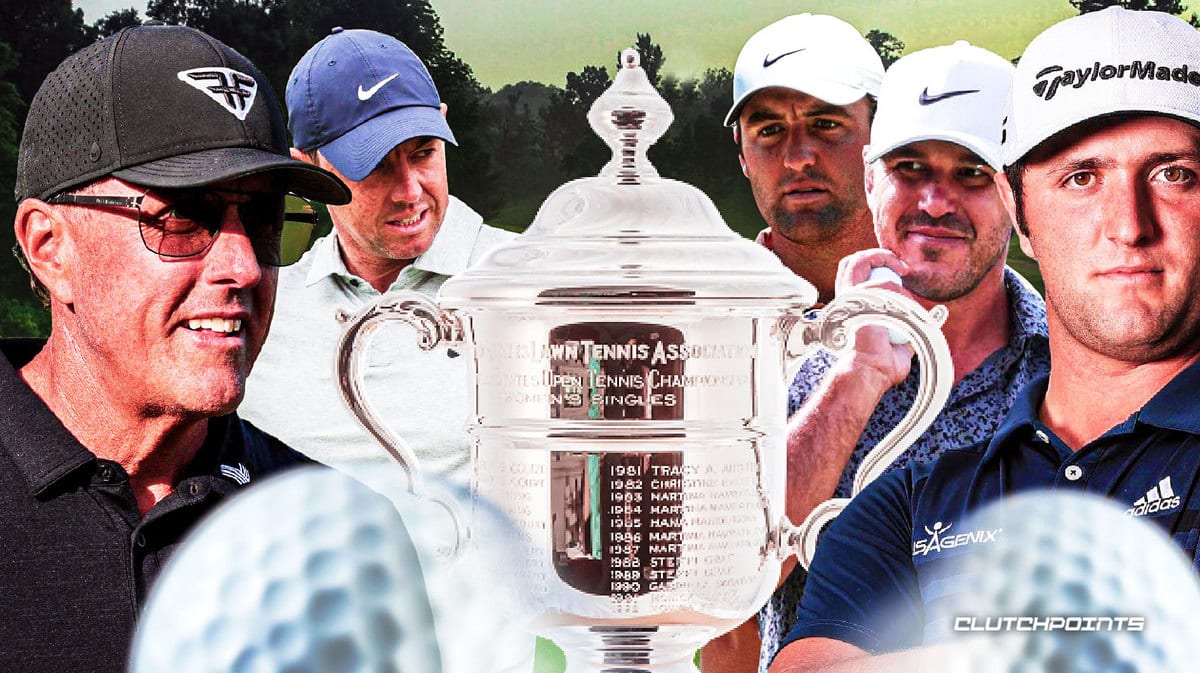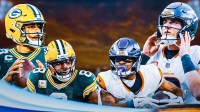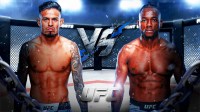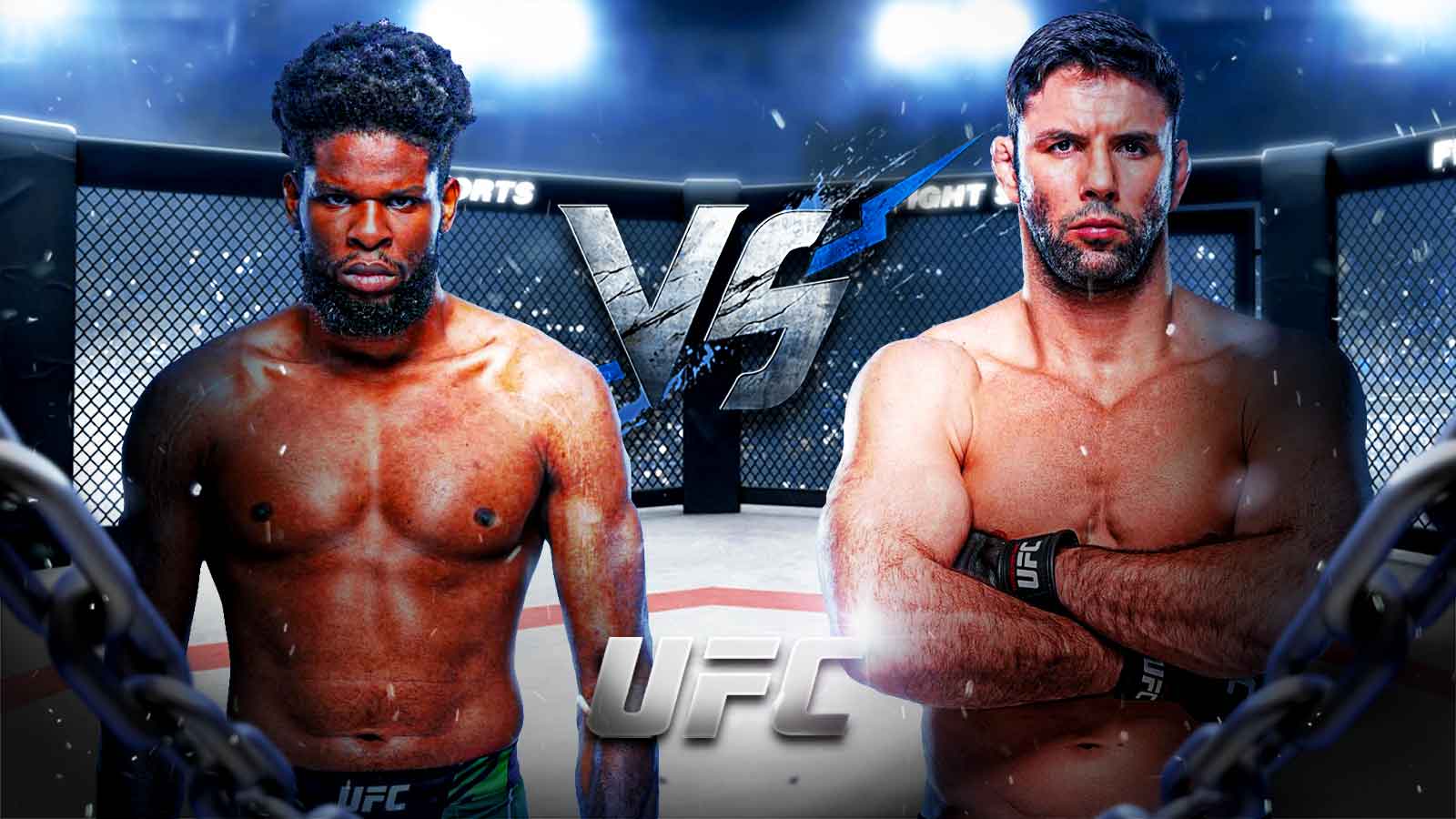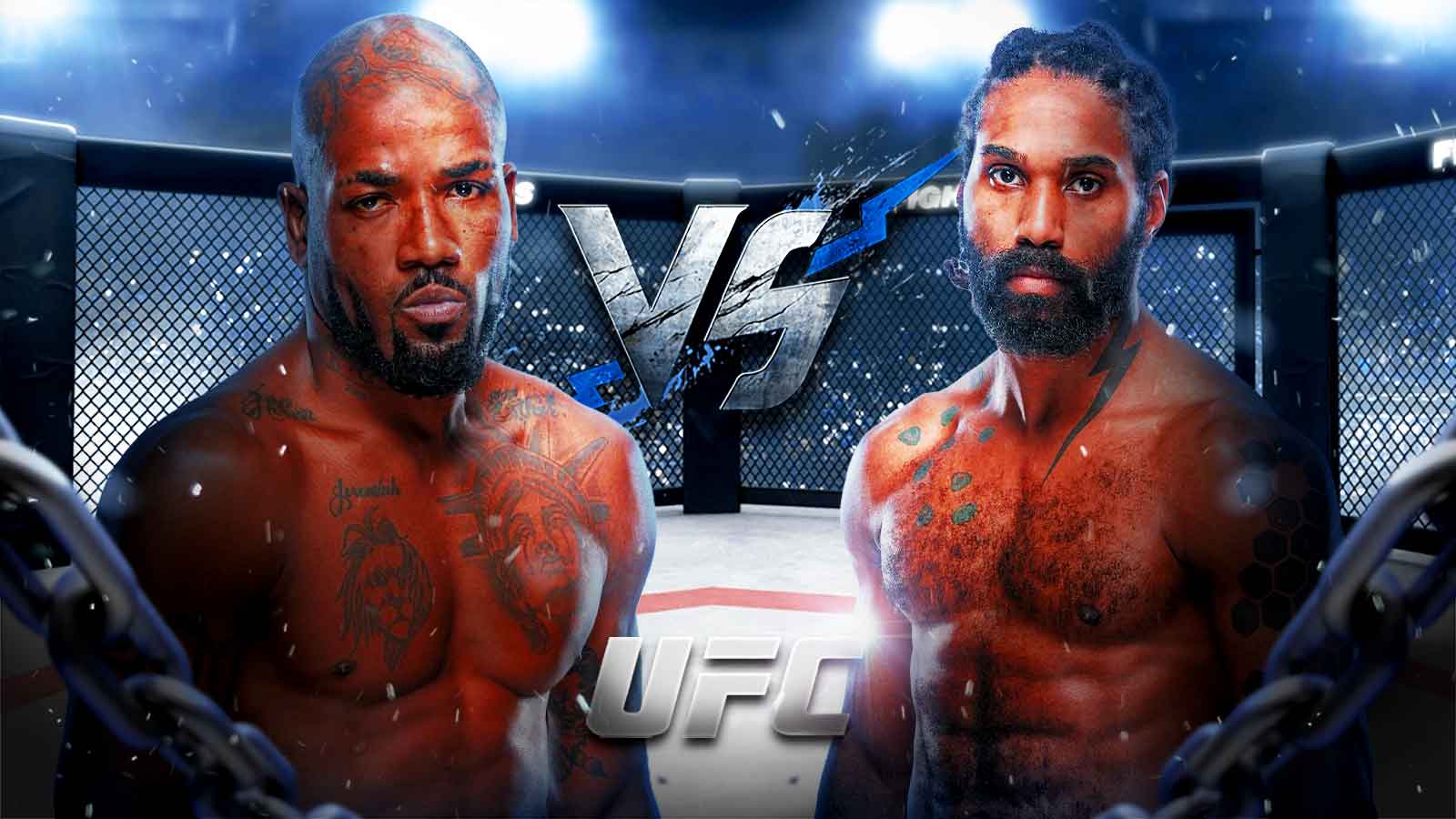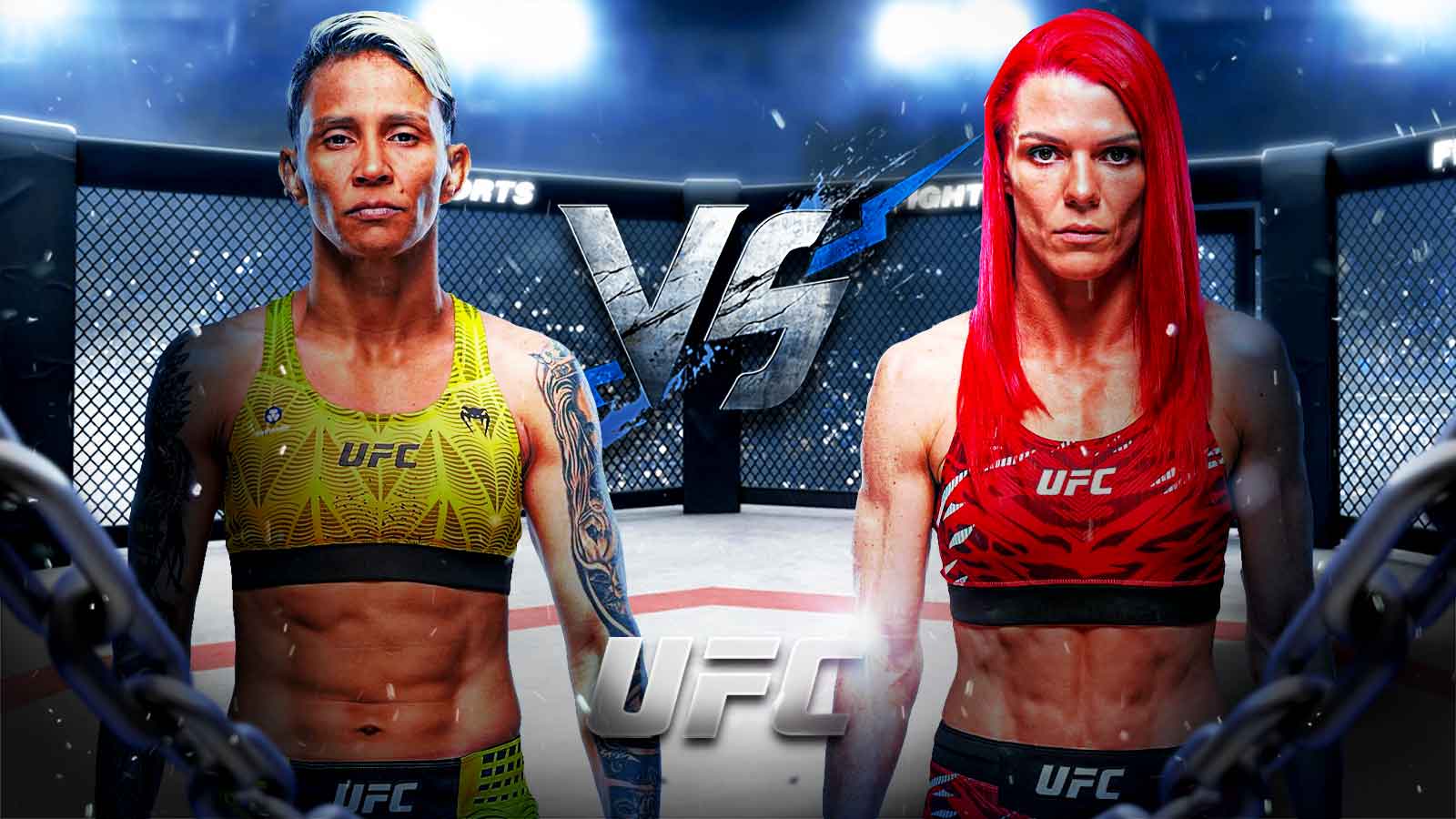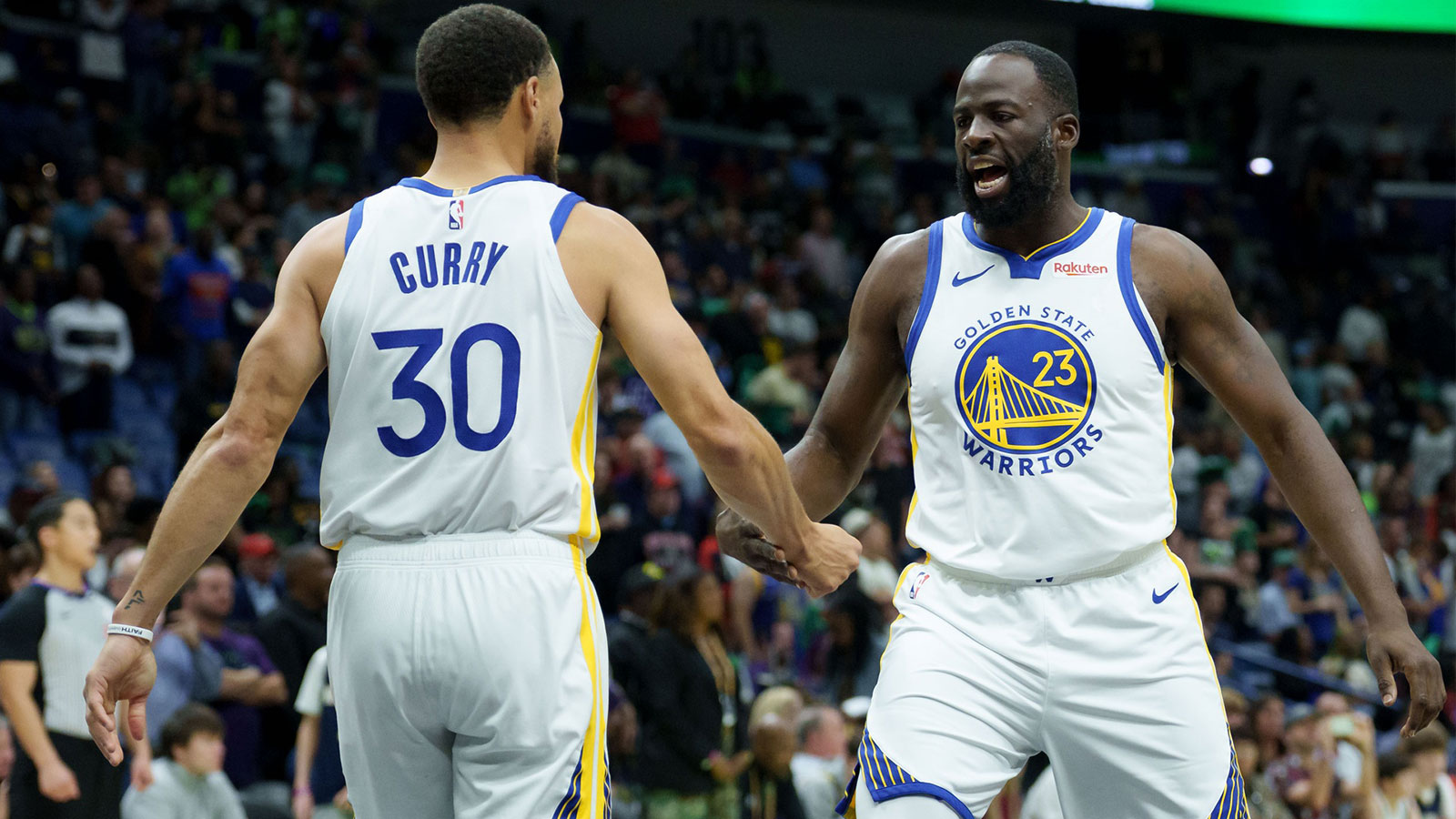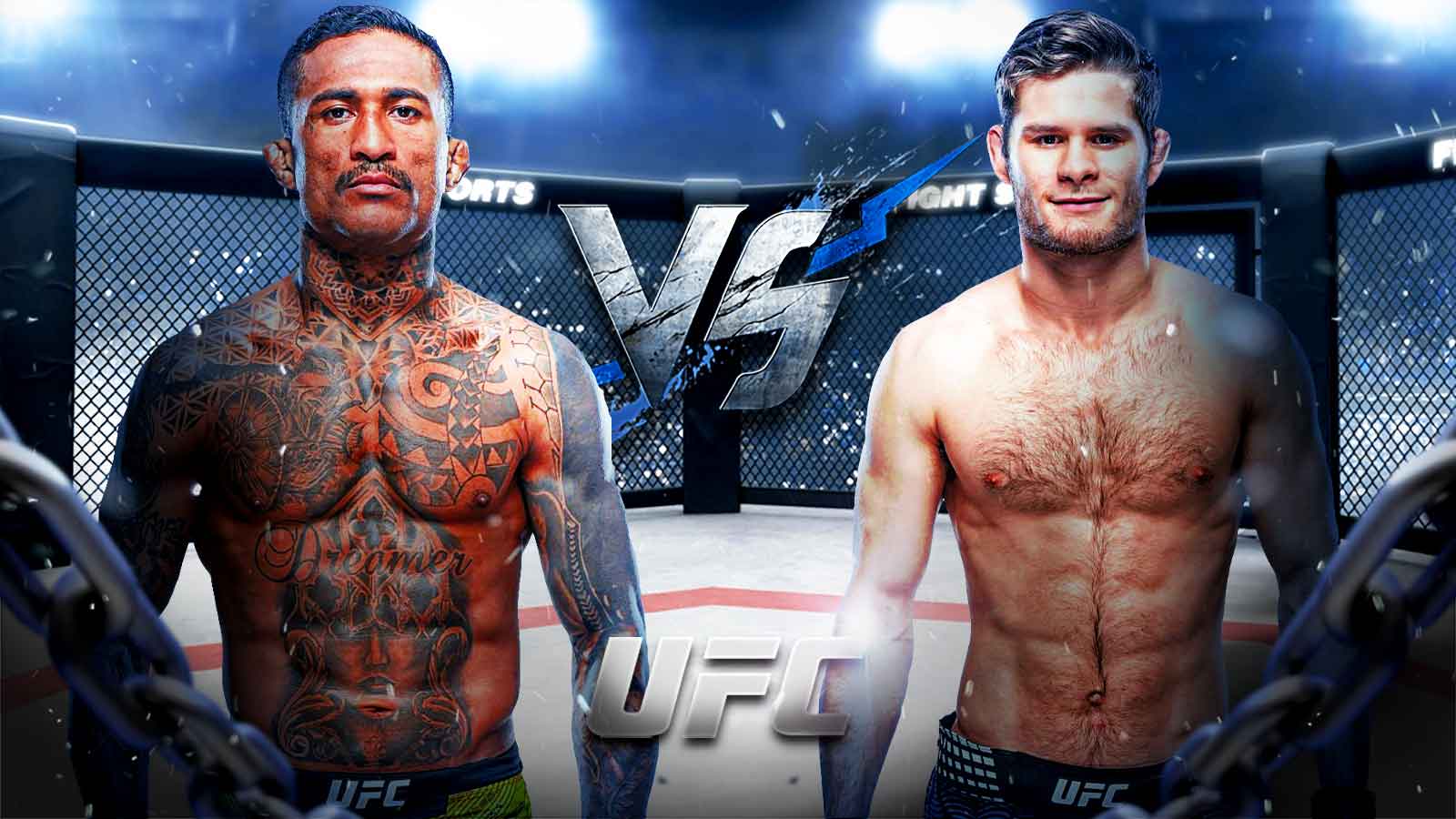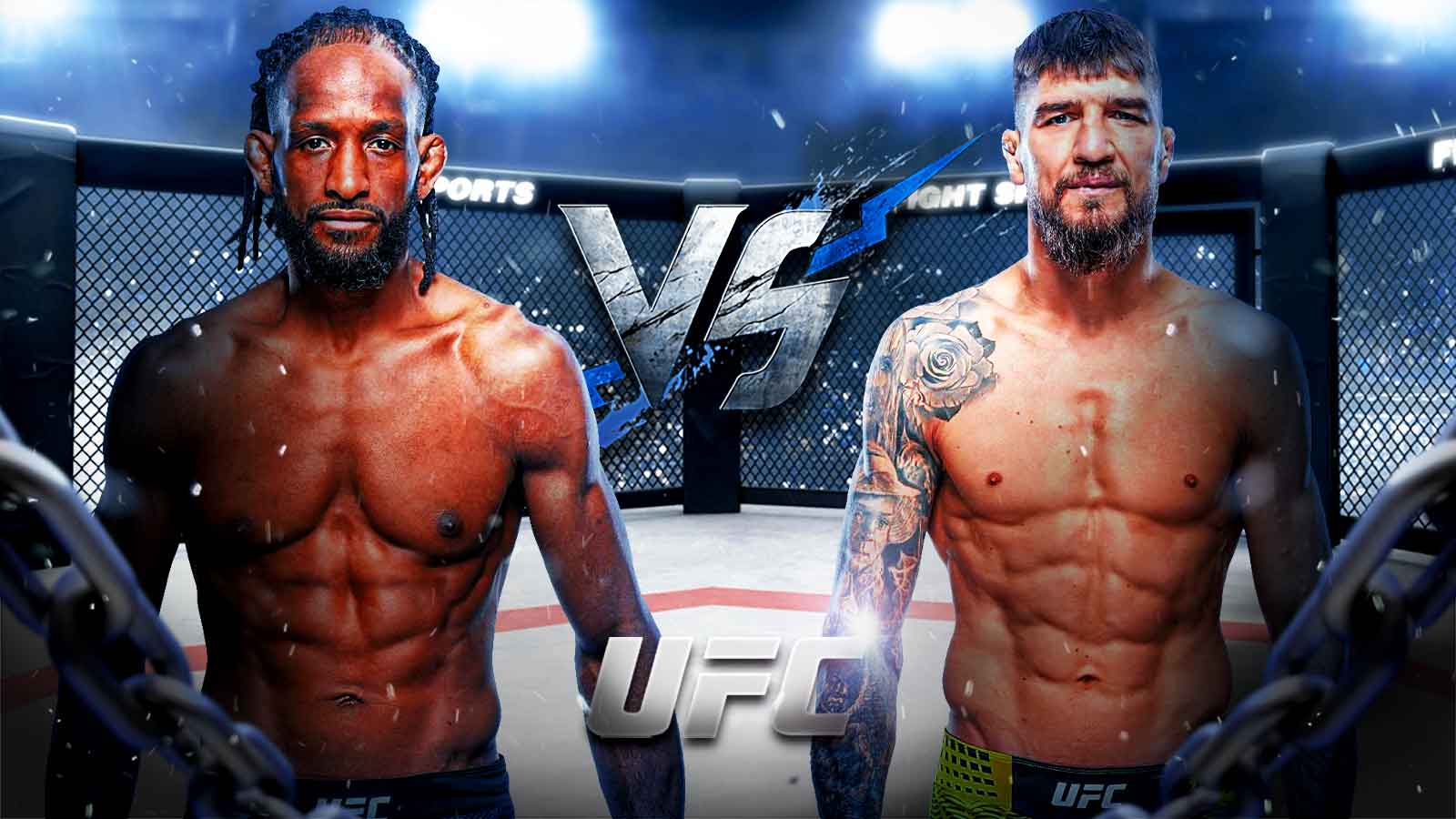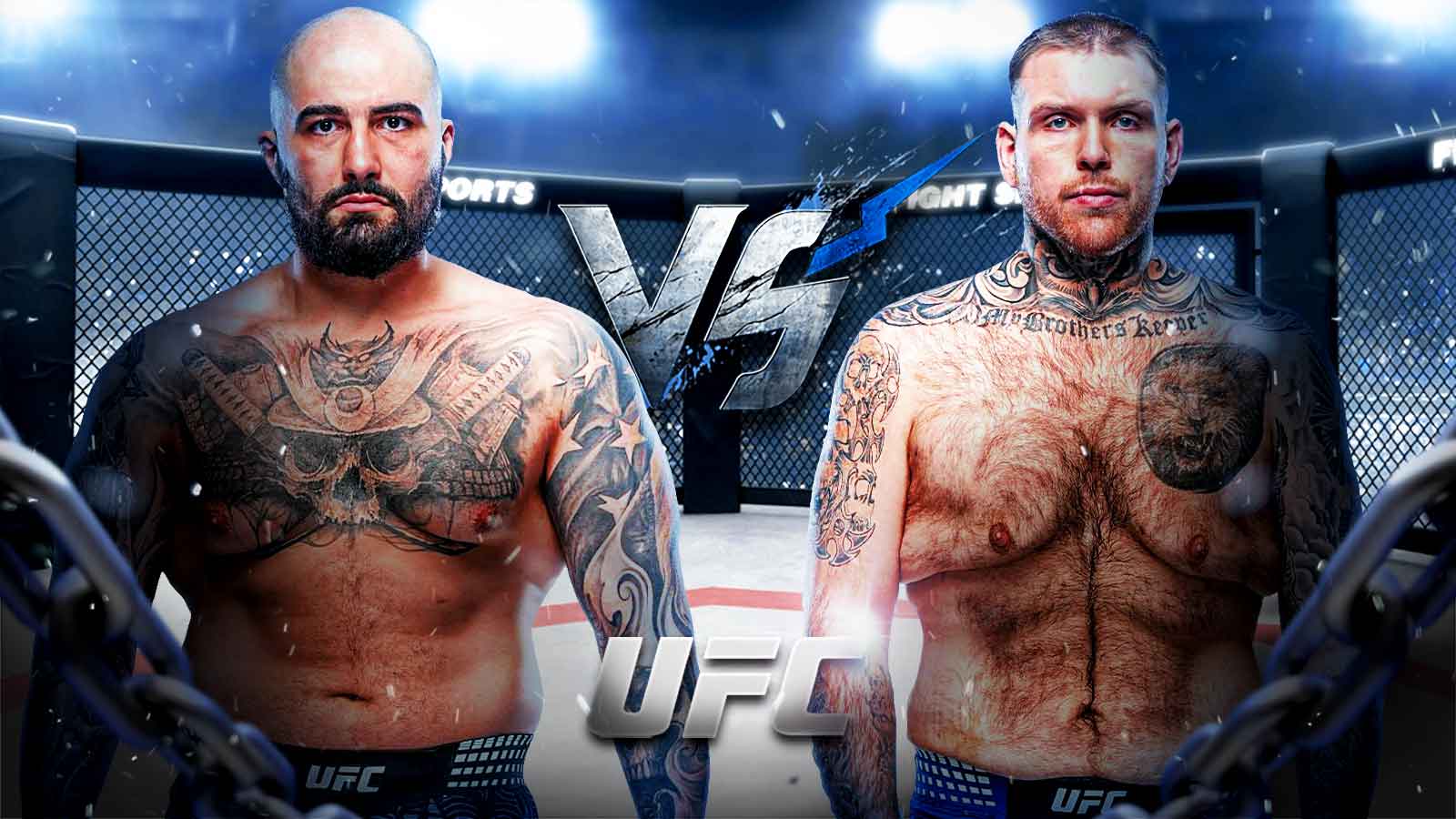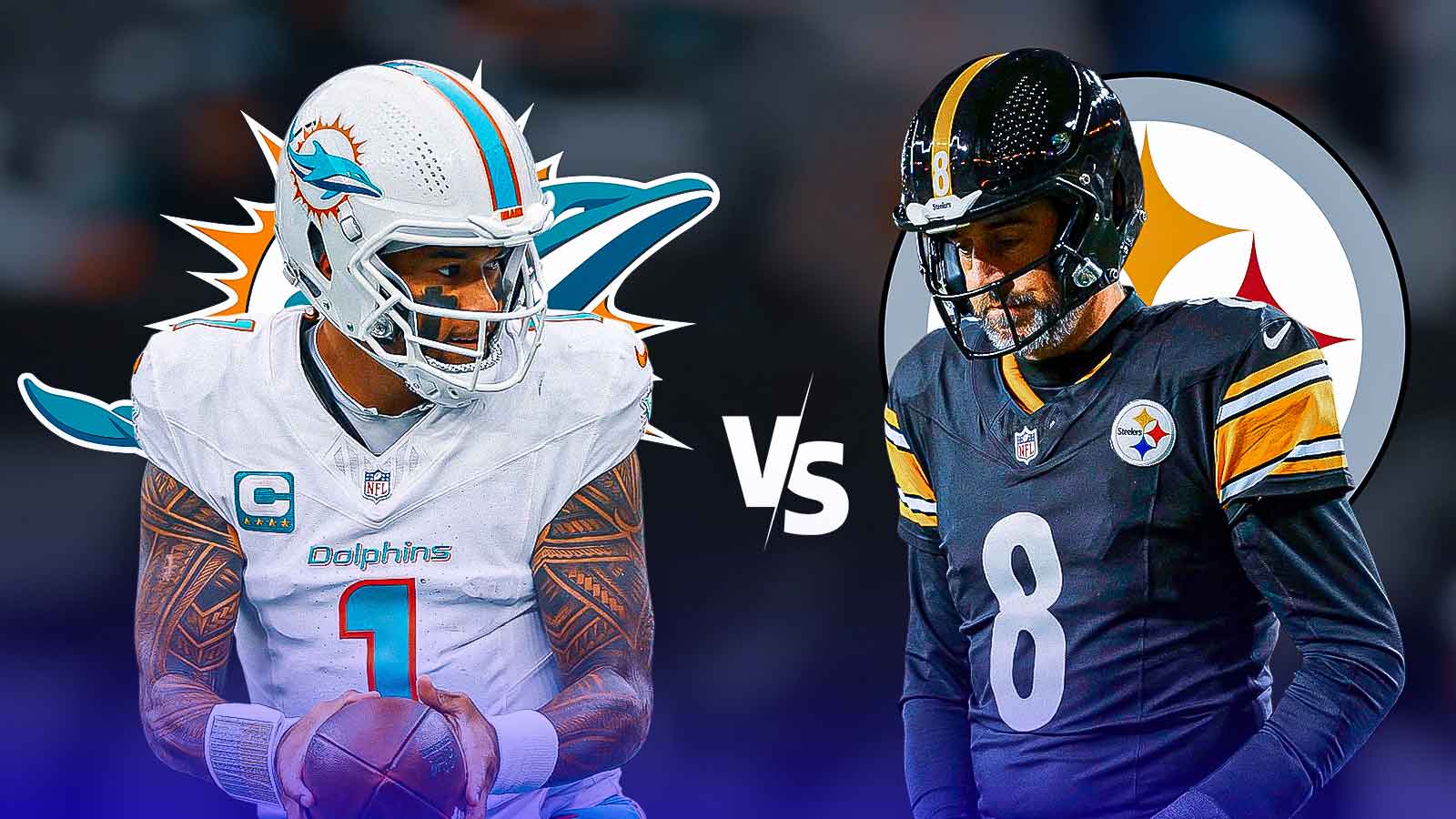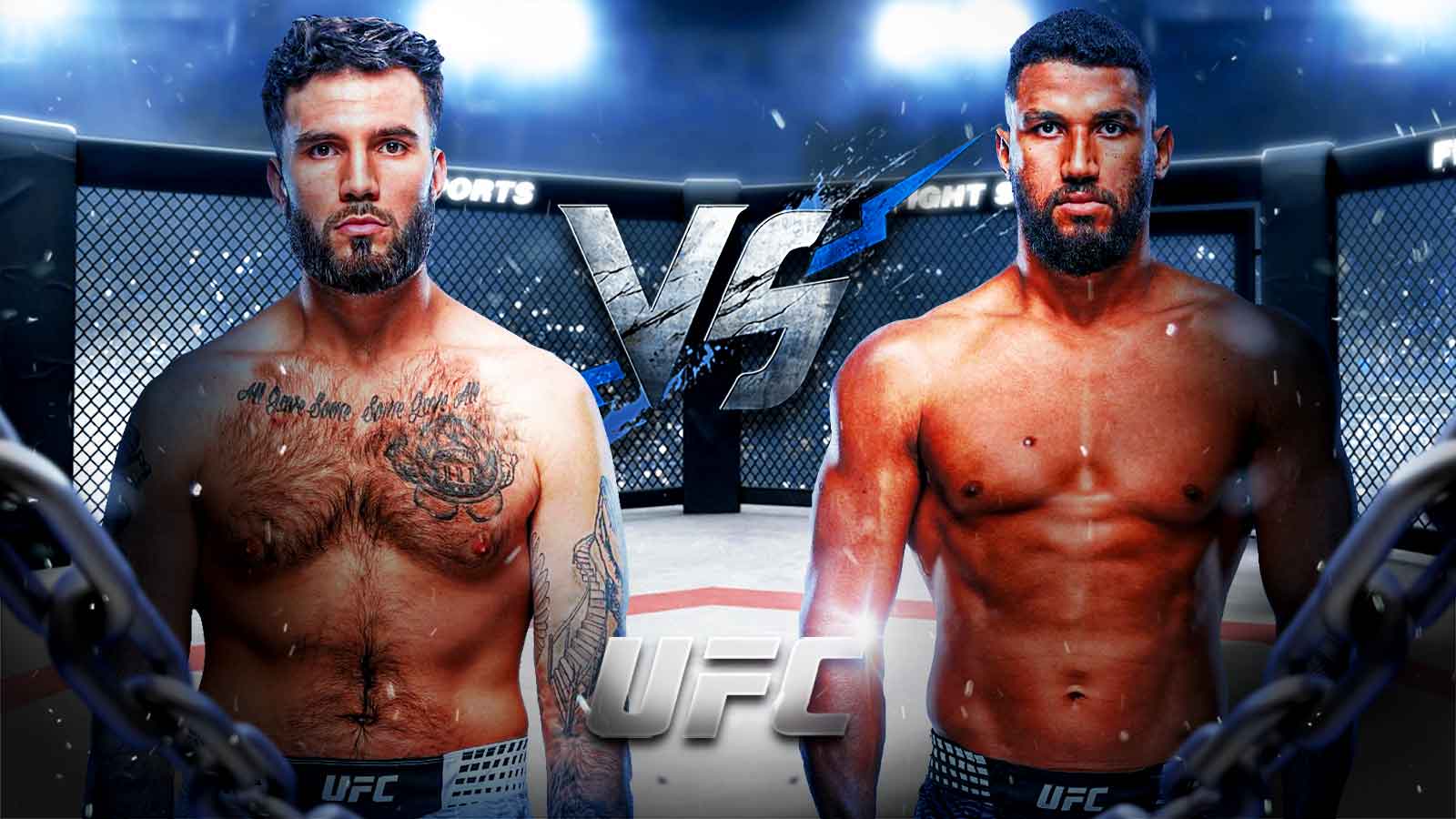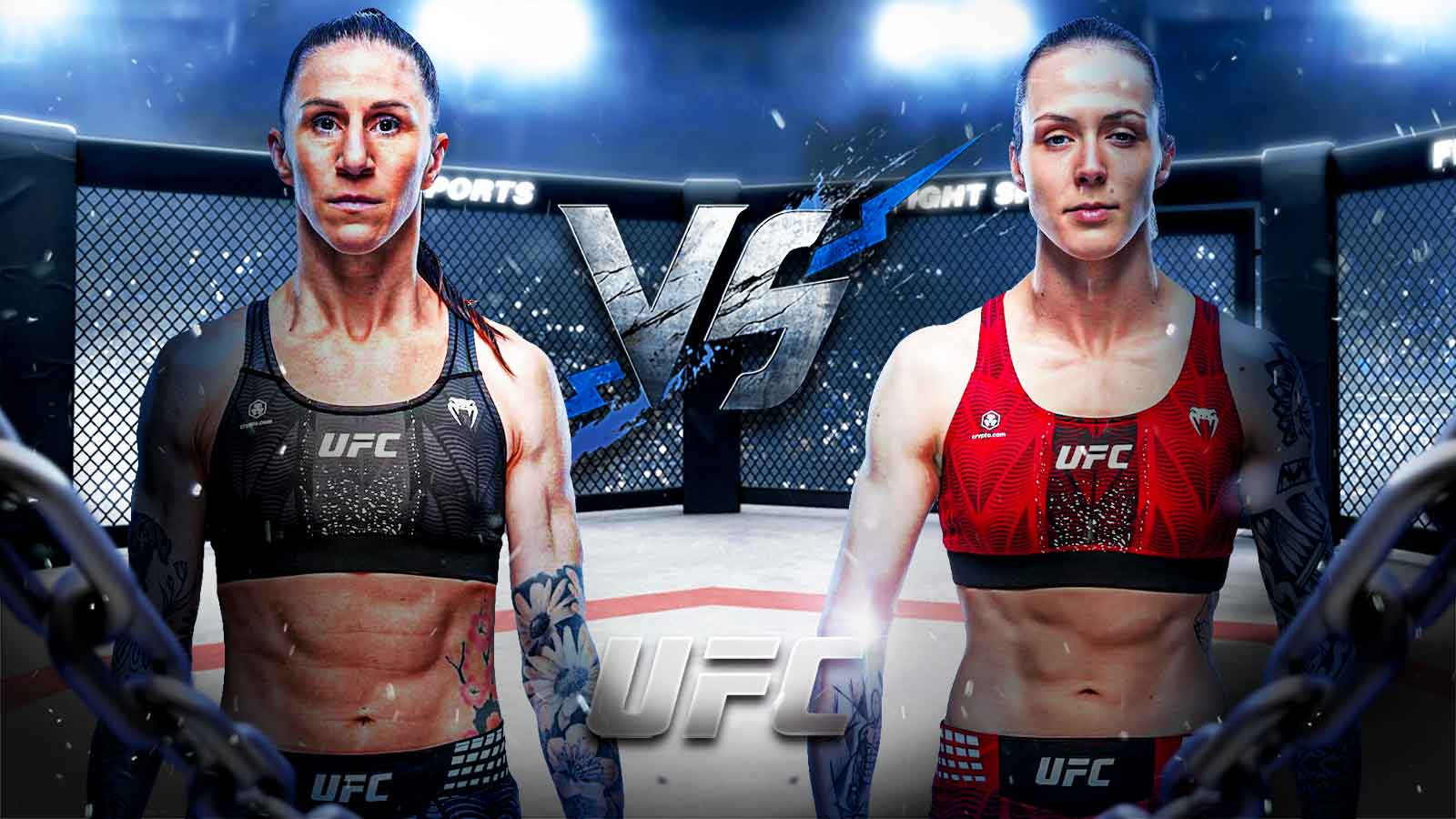Golf's third major of the year, the 2023 U.S. Open, tees off on Thursday at the historic Los Angeles Country Club.
The tournament, operated by the USGA, will be the first to include PGA Tour members and LIV Golf players since last week's earth-shaking announcement that the tours (and the DP World Tour) may form a joint enterprise run by the PGA Tour board and backed by the Saudi-backed Public Investment Fund (PIF).
World No. 1 Scottie Scheffler (+700), a two-time winner this year, is the favorite, followed by World No. 2 and four-time 2023 winner — including at Los Angeles' Riviera in February — Jon Rahm (+1100), who captured the most recent California-based U.S. Open (Torrey Pines, 2021). Brooks Koepka (+1200), a T2 at The Masters who won the PGA Championship in May, is basically a co-favorite. (Odds are as of Tuesday night, via FanDuel.)
Here's everything you need to know for the 123rd U.S. Open.
The course
The LACC North Course, tucked inside Beverly Hills, featuring views of DTLA, appears to be an untapped gem — at least in professional circles. LACC last hosted a PGA Tour event in 1940. The U.S. Open last took place in Los Angeles in 1948 (Riviera).
LACC was originally redesigned in the 1920s by the legendary golf architect George “The Captain” Thomas Jr, who also designed Riviera and the city's other famed course: the Bel Air Country Club.
In 2010, the course was restored by Gil Hanse and Jim Wagner. Hanse's restoration resume includes major-hosting courses Winged Foot, Southern Hills, Brookline, the Olympic Club Lake Course, Oakland Hills, and Merion.
The rustic, aesthetically pleasing LACC is a tightly packed, quirky 7,423 Par 70 featuring five par-3s and three par-5s (the last time the U.S. Open featured five par 3s was 1947). The 36-hole, 325-acre enclave — assumed to be worth billions — is defined by elevation, undulation, canyons, and barrancas (you'll hear that word a lot).
Barranca (noun)
1. A steep-walled ravine or gorge
2. Not a spot you want to hit your golf ballHere are the rules that apply if a player ends up in a barranca this week at LACC. pic.twitter.com/xueIpn6EGn
— USGA (@USGA) June 13, 2023
Its steep angles require precision and ingenuity, while accuracy will be more important than distance (a la Augusta National).
“We want players to get every club in their bag dirty, to hit it high, to hit it low,” said USGA chief championship officer John Bodenhamer. “Work it left to right, right to left. Bunkers, pitch shots, mental and physical resolve. And yes it’s tough. We will set it up tough. But when you get to the mountaintop of winning a U.S. Open, you will have achieved something special.” (Side note: “chief championship officer” slaps as a job title).
Unlike Augusta, though, the pros are relatively unfamiliar with LACC, which should make for fascinating golf.
“I think it’s going to be one of the best U.S. Opens there’s been for a while,” said Rory McIlroy (+1300).
The Bermuda grass fairways are relatively wide and bereft of trees, but they leave little margin for error. Balls off the tee will easily take off rolling down hills. The (mostly) Bermuda rough will be … rough. Setting up high-quality approaches is critical, considering how tough it will be to keep shots on the greens.
Putting might be a crapshoot. The bentgrass greens come in a variety of shapes, sizes, and slopiness. The forecast — 70 and sunny, maybe breezy on Sunday — should keep the grounds firm and fast. Creativity and ball striking will be paramount, especially if nobody can make a putt. Like Augusta, LACC's North is considered a second-shot golf course. It's going to be a taxing strategic test for all 156 players in the field.
“I hope it's carnage,” said Max Homa (+2900). “I hope it's a typical U.S. Open.”
Hole breakdown
- A staple of The Captain: The first hole is a welcoming par-5 — 578 yards but downhill, makeable in 3 — before immediately getting tricky on the Par-4, 497-yard, barranca-filled No. 2. (Barrancas run right in front of numerous greens.)
- The 330-yard Par 4 sixth is 292 yards, but about 292 tee-to-green on a downhill drop. It's a bold, blind shot to the green, but some guys will give it a go.
“I’m not going to sit here and tell you what I'm going to do,” explained Rahm about No. 6, “because I've said before I'm not going to hit 3-wood or driver and then if I tee off on 10 and I'm feeling really confident in my swing, I absolutely will hit driver or 3-wood into that green. It all depends. It can be circumstantial.”
No. 6 at LACC will examine all parts of your game.
Take a tour of the short par 4 with @GolfChannel's John Wood. #USOpen pic.twitter.com/c6nyhpw0bE
— U.S. Open (@usopengolf) June 13, 2023
- No. 7 (284 yards) and No. 11 (290 yards) are two of the longest par-3s in U.S. Open history. No. 7 should be really fun to watch as guys try to stick the landing.
- No. 13 might play the hardest. There's about a 25-yard window on the left side of the fairway that will provide sight of the green. Landing in the center will cause the ball to roll, setting up a brutal blind second shot. (The boundary of this hole borders the Playboy Mansion, so that's fun?)
- The Par-3 15th is 124 yards and can play down to 78 (!), which would make it the shortest hole in modern U.S. Open history. Hilariously, the downwind of the hole and the risk of over-shooting has Rickie Fowler (+4800) considering laying up.
“That’s a special hole,” said Collin Morikawa (+3600). “There’s a lot of character to hole 15.”
- No. 16, No. 17, and No. 18 form a beastly home stretch. The Par-4s, at 543, 520, and 492 yards, respectively, are barely birdie-able. Hopefully, the final four holes stir up drama on Sunday.
For more: Here's a beautiful walkthrough of the course, courtesy of The Fried Egg, and check out a flyover. I'd recommend this fun history of LACC from No Laying Up.
Top storylines
- This season, Scheffler ranks first in Strokes Gained, first in SG: Tee to Green, first in SG: Off the Tee, first in SG: Approach to Green … and 148th in SG: putting. Accordingly, he's trying out a new putter this week. If he can putt OK — or if tricky greens level the field — he should be in prime position. Justin Thomas (+4800!) is switching irons as he looks to get off the schneid.
- Koepka, gunning for his third U.S. Open, seems to be in a good place. He's second in SG: Tee to Green and fourth in SG: Putting. He's 33-under par in the final round of majors dating back to 2018 — by far the best number in golf. He has led or co-led after 18 different rounds of majors since 2017 (nobody else has nine) and he's 79-under during that span — 27 shots better than his next-closest peer, per The Athletic.
Koepka sounds as confident and relaxed as ever, despite the drama encircling golf.
“The more chaotic things get, the easier it gets for me. Everything starts to slow down, and I am able to focus on whatever I need to focus on while everybody else is dealing with distractions, worried about other things.”
There's only one thing on @BKoepka's mind this week:
🏆 No. 6. pic.twitter.com/ekG6dOemZv
— U.S. Open (@usopengolf) June 13, 2023
- You'll hear these two factoids on the broadcast: Homa and Morikawa are from Los Angeles, and both Cal Bears have experience at LACC. Homa shot a course-record 61 in the first round on his way to winning the 2013 Pac-12 championship, while Morikawa helped Team USA win the 2017 Walker Cup.
When the #USOpen at LACC was first announced, @collin_morikawa was just a freshman at @CalMensGolf.
But he knew THIS was the championship he wanted to play above all the rest. pic.twitter.com/T7eboAS78p
— U.S. Open (@usopengolf) June 13, 2023
Homa's ascension into one of the best (and most popular) golfers in the world has been somewhat blemished by his underperformance in majors. That said, he has two top-10s in his last three starts, he's fifth in putting in 2023, and four of six career victories have come in his native state.
Morikawa had to withdraw from The Memorial two weeks ago due to back pain, but he says he's all good.
“It was weird. … I took a few days off, got some rest, got some rehab, talked with my team, we got started hitting balls late last week, and we're swinging fine … I've hit out of rough, I've hit out of bunkers, no pain. Nothing lingering anywhere else in the body either.”
Morikawa is an elite tee-to-green artist. Can he make putts?
- Max Fitzpatrick (+3200) is vying to become the first back-to-back U.S. Open champ since Koepka (2017-18). He's not having a stellar season but his game has been showing signs of late.
- World No. 3 McIlroy is seeking his first major since 2014. He has been shaky since The Masters, especially on Sundays. But, he has finished better than T10 in four straight U.S. Opens — the only member of this field who can claim that.
- Four Top 10 players are without a major: Patrick Cantlay (+1700), Viktor Hovland (+1700), and SoCal kids Xander Schauffele (+1900) and Homa. Schauffele has four T10s in five U.S. Open appearances and is fourth in SG this season. He has five T10s in his last seven starts. Cantlay, a UCLA alum, has played the redesigned North Course “a lot”. Hovland is right there: He just won The Memorial, was a bunker lip away from taking the PGA Championship, T7'd at The Masters and T3'd at the TPC.
“I've heard some guys say that they think it's going to play really easy. I don't think it will,” said Cantlay.
- Will Fowler and Jason Day (+5000) continue their resurgences? Fowler was 150th in Strokes Gained in 2022; he's seventh in 2023. His strong wedge play out of rough should come in handy. His last PGA Tour win came was the 2019 WM Open.
Day won his first event since 2014 in April at the AT&T Byron Nelson.
- Can Phil Mickelson (+21000) make noise, on and/or off the course? Lefty, who turns 53 on Friday, is aiming for a career grand slam. The course doesn't seem ideal for the five-time U.S. Open runner-up.
“It would be awesome to see him do it this week,” said Cam Smith (+3300). I think the golf course as far as I’ve seen sets up for a straighter hitter, so maybe not.”
Of course, nobody thought Phil would T2 at The Masters.
Mickelson has been turning up the spice on Twitter recently, including some gloating over the LIV/PGA news. He's always a threat to provide a juicy soundbite or memorable moment.
- What kind of reception will Bryson DeChambeau (+4100) get? The Los Angeles crowd might not be super-down with this kind of stuff.
Speaking of that kind of stuff
The proposed alliance could add another wrinkle to the inter-tour tension, but I don't see it stealing headlines this week. Any personal animus between players didn't manifest at The Masters nor the PGA Championship; everybody — players, fans, media — focused on golf. Plus, nobody knows anything about the theoretical arrangement, so there's really nothing to say.
“I think I just don't know what's going on,” said Fitzpatrick. “I don't think anyone knows what's going on. Are we signing with the PIF? Are we not signing with the PIF? I have no idea. Even though I guess it is confusing, it's pretty clear that nobody knows what's going on apart from about four people in the world.”
Any theory that LIV players would struggle in majors has been debunked by the performances of Koepka, Mickelson, DeChambeau, and others in the first two majors.
“I haven't paid too much attention to it, honestly,” Koepka said. “I've been trying to prep for this week. I'm just trying to make sure I come into a major championship — there's four weeks a year I really care about and this is one of them, and I want to play well.”
“See you at Travelers next week,” he then cracked.
Rahm did admit to feeling “betrayal” by tour management, though he followed that up with a healthy perspective.
“I’m in a very high state of privilege in the world. I can do what I want, I can do what I love for a living. I have a blast every single day even though I get mad on the golf course every once in a while. When I start with that point of view, no matter what happens, I can only be thankful to what’s going on. If things change, things change. At the end of the day I’m still very privileged, whether the PGA Tour and LIV Golf align or not or who plays and who likes who, it doesn’t really matter.”
Groupings
The USGA has given us a slew of tantalizing groupings for Thursday and Friday (all times ET).
JT, Tommy Fleetwood (+4400), Shane Lowry (+5500) — first tee, 10:40 a.m. A killer group of ball-strikers. Fleetwood heartbreakingly lost out on his first career PGA Tour win this past Sunday, when Nick Taylor sank a 72-foot walk-off eagle putt in the fourth playoff hole at the RBC Canadian Open. Fleetwood was T4 at the U.S. Open in 2017 and T2 in 2018.
Scheffler, Homa, Morikawa — first tee, 11:30 a.m. “I'm going to keep this joke that I used last year, but I know the U.S. Open does themes,” Homa said about the star-studded grouping. “So it's nice they put the three good-looking guys together yet again.”
Fitzpatrick, Smith, Sam Bennett (+55000) — first tee, 4:32 p.m. The reigning U.S. Open champ, the reigning Open Championship winner, and the reigning U.S. amateur winner (who contended at Augusta). Smith has struggled since joining LIV but still boasts the best combination of short game and putting in the field.
Koepka, Rory, Hideki Matsuyama (+4800) — first tee, 4:54 p.m. The most prominent LIV defector alongside two stars who possibly surrendered hundreds of millions to stick with the PGA Tour. “I still hate LIV,” McIlroy said last week. “I hope it goes away.”
Bryson, Tyrrell Hatton (+3200), Francesco Molinari (+65000) — 10th tee, 10:40 a.m. The enjoyably combustible Hatton has finished T-15 or better in his last four starts. He ranks third on tour this season in Strokes Gained. He and Bryson should provide plenty of meme-able antics.
Day, Fowler, Justin Rose (+4800) — 10th tee, 11:02 a.m. Day and Fowler together! Love this trio of popular and slightly past-their-prime guys who are still routinely in the mix. Rose won the 2013 U.S. Open at Merion and won earlier this year in California, at Pebble Beach.
Rahm, Hovland, Schauffele — 10th tee, 11:24 a.m. If I had to wager on a group to produce a winner, it'd be this one.
"It's got everything. It has all the ingredients to make it a great week."@JonRahmpga is impressed with the intricacies of LACC. pic.twitter.com/0N7umJqVLu
— U.S. Open (@usopengolf) June 14, 2023
Phil, Keegan Bradley (+13000), Padraig Harrington (+35000) — 1oth tee, 3:59 p.m. Bradley is low-key playing competitive golf, while the two World Golf Hall of Fame inductees should provide comedy.
Tom Kim (+13000), Sahith Theegala (+10000), Cam Young (+4800) — 10th tee, 4:21 p.m. Three exciting rising stars seeking their first major. Since 2010, the average age of U.S. Open champs is 27.8 — the youngest of the four majors. 14 of the last 18 champs have been first-time major winners.
Cantlay, Jordan Spieth (+2400), Tony Finau (+3400) — 10th tee, 4:43 p.m. Oh, right! Spieth! His wrist injury seems healed. Watching him deploy his unmatched and inventive short game around LACC should be entertaining AF. Finau is always a threat to break through and win his first major. How slow will Cantlay go?
Longshot Bets
Patrick Reed: (+8500) One of the finest short-game players in the world who finished T4 at The Masters. I know he's not the most popular dude, but 85-1 feels a tad disrespectful.
Wyndham Clark (+8500): The 29-year-old has been in contention in five of his past eight starts. He won his first PGA Tour victory at the Wells Fargo Championship in May. He ranks 15th in Strokes Gained. He has been a top-20 player in 2023.
Honorable mention: Rose, at 48-1.
Amateurs
Any professional or amateur golfer with a men's USGA Handicap Index of 1.4 or below is eligible to attempt to qualify for the U.S. Open. There were 10,187 entries for this year's event. Roughly 530 advanced past local qualifying. Final round qualifying takes place across several tournaments (mostly in the U.S.) and consists of amateurs and professionals playing 36 holes on what's known as The Longest Day in Golf.
Rory called Gordon Sargent (+35000), the 2022 NCAA Champion, the best prospect he has ever seen. Olin Browne Jr. (+500000), the son of a three-time PGA Tour winner, made a 30-footer on the 18th hole to force a playoff in his local qualifying tournament, then advanced through the final round to secure his first major championship berth after 17 years. Barry Henson (+100000), 43, is from Palm Desert, CA, and played at the University of San Diego. He has attempted to qualify for the PGA Tour seven times, worked at a Marriott for 15 years, drives Uber, and has competed on virtually every mini-tour around the globe. He apparently named his alter ego the “Hensonator.” I don't know why, but I hope we see him at LACC.
You can read more about the amateurs in the field at Golfweek.
Miscellaneous Notes
- The last 10 U.S. Open winners averaged +1.92 strokes gained per round in their three months heading into the tournament. 2023 entries at that number: Scheffler, Koepka, Schauffele, Cantlay, Hovland, Rory, Rahm, Hatton, and Spieth.
- Of course, there will be no Tiger Woods on the scene. Woods is recovering from ankle surgery, though he would have a hard time walking this course, anyway. Woods is the last California native to win the U.S. Open. He has yet to publicly address the PGA/LIV news.
- The winner will earn 600 FedExCup points, a 10-year exemption to the tourney, a five-year exemption to the other three majors, fully exempt status to the PGA Tour through 2028, and $3.15 million. The purse is $17.5 million.
- After 75 years, the USGA got its premier event back in the country's second-largest market. East Coasters can catch it in primetime, which should be a boon for eyeballs (and money). Relatedly, the 200+ hours of coverage is the most ever for a U.S. Open.
How/where/when to watch (all times ET)
-
- TV: USA (1-8 p.m.) and NBC (8-11 p.m.) on Thursday and Friday. NBC will air Round 3 from 1-11 p.m. and the final round from 1-10 p.m.
- Streaming: You can watch featured groups, featured holes, and exclusive early coverage of the first (9:40 a.m.-1 p.m.), second (same), and final (12-1 p.m.) rounds on Peacock and USOpen.com. Featured groups will also be available on USGA apps. Simulcasts of the NBC and USA coverage will be available on Peacock, USOpen.com, NBCSports.com, and the NBC Sports App.

